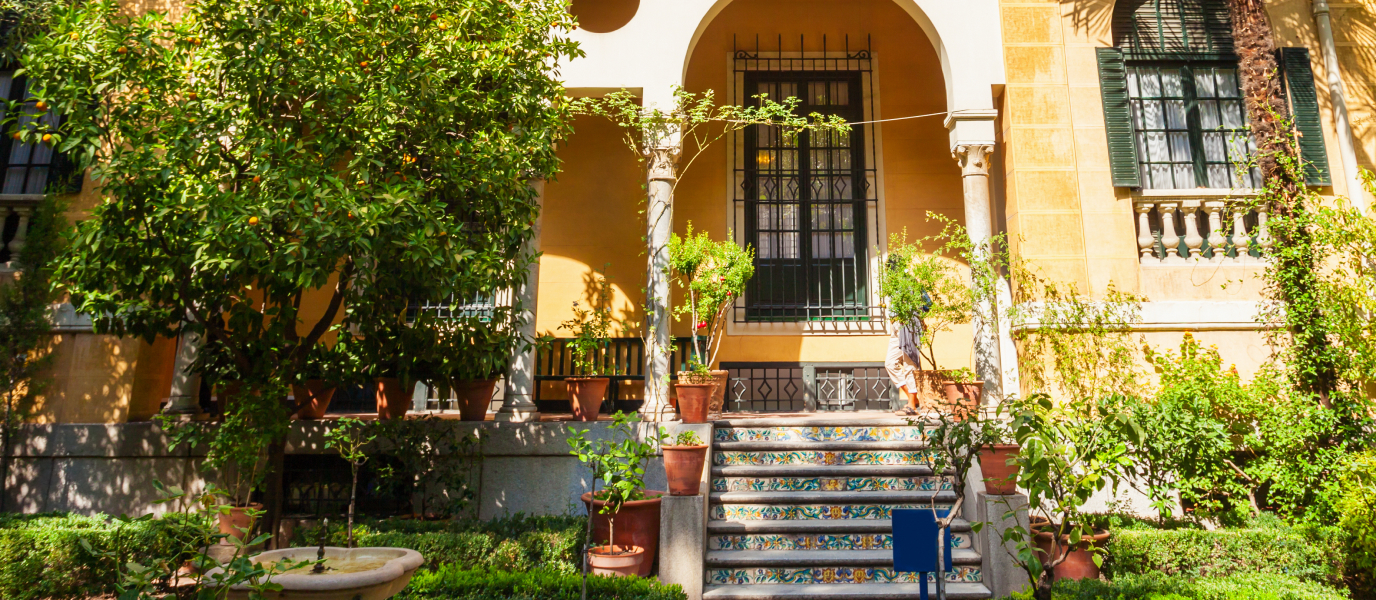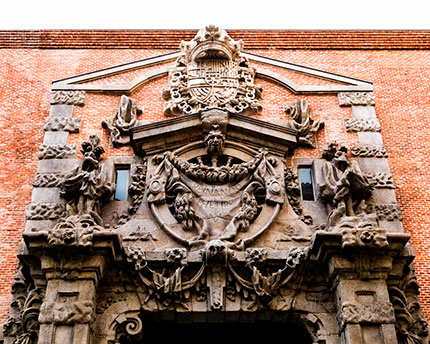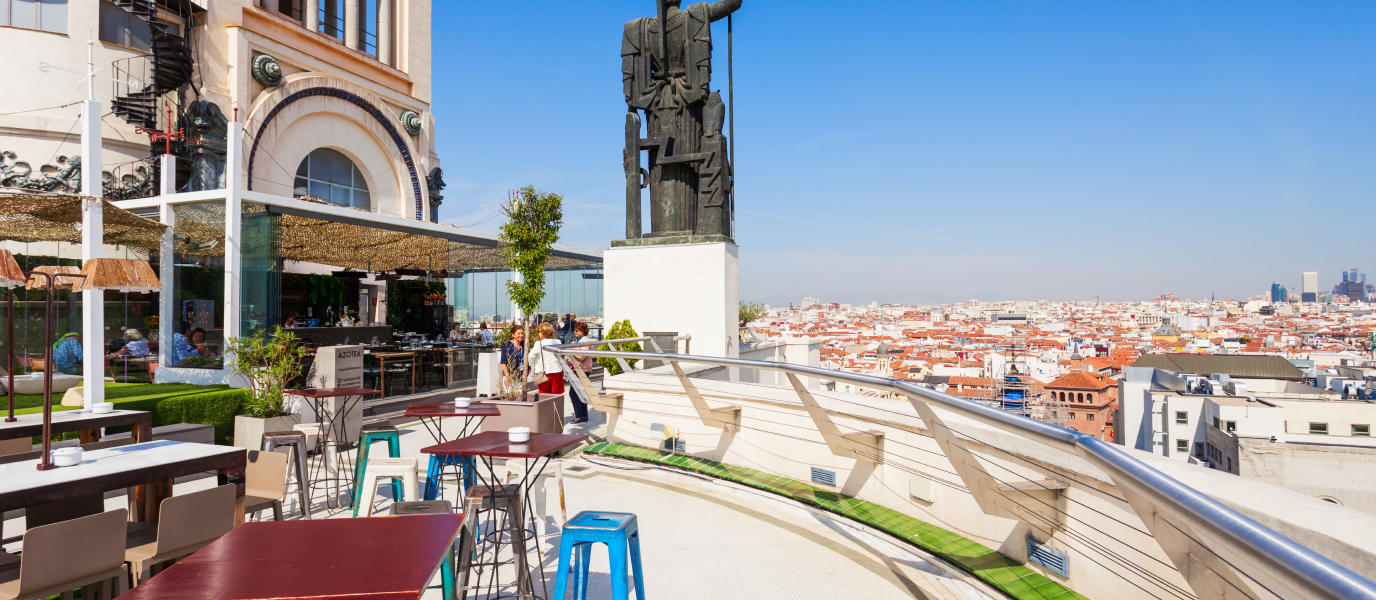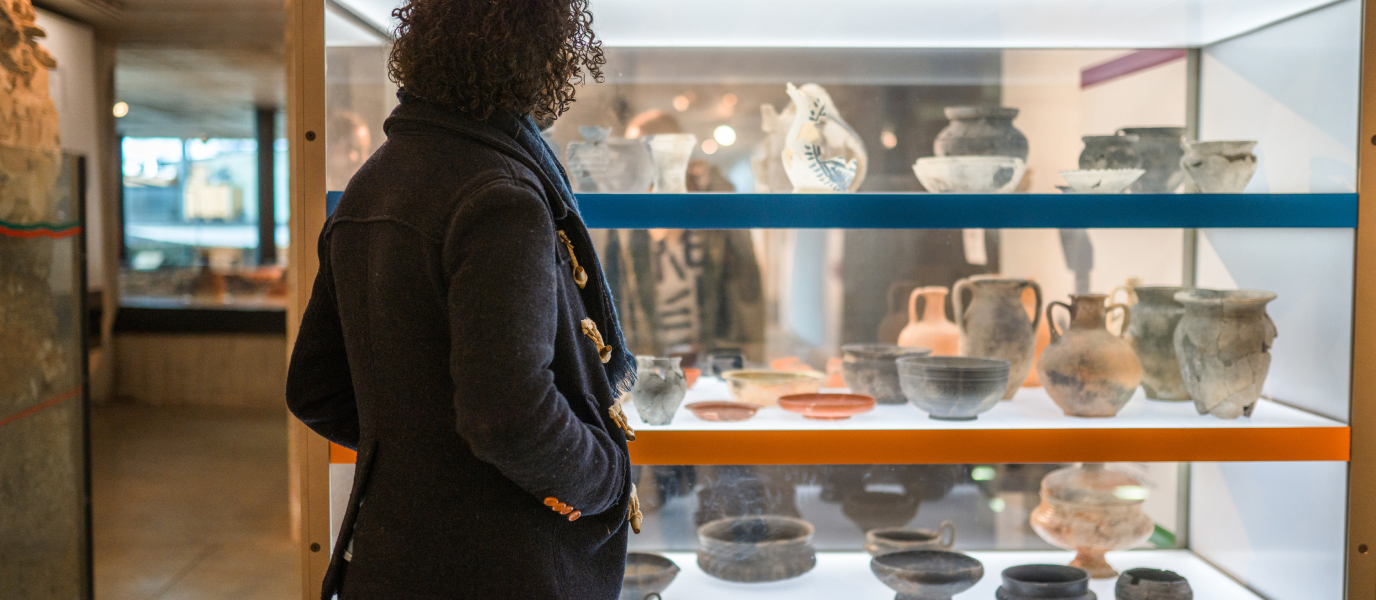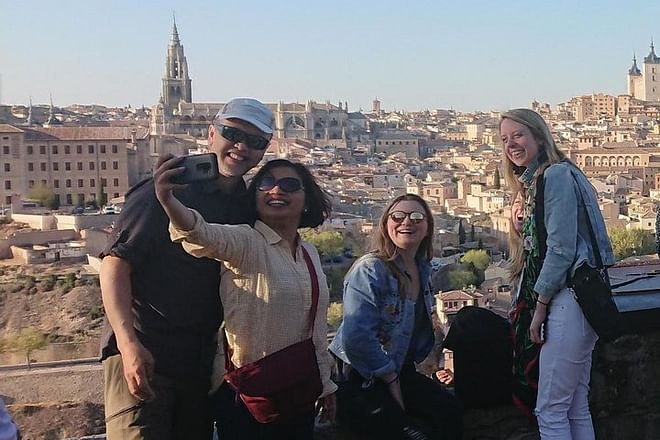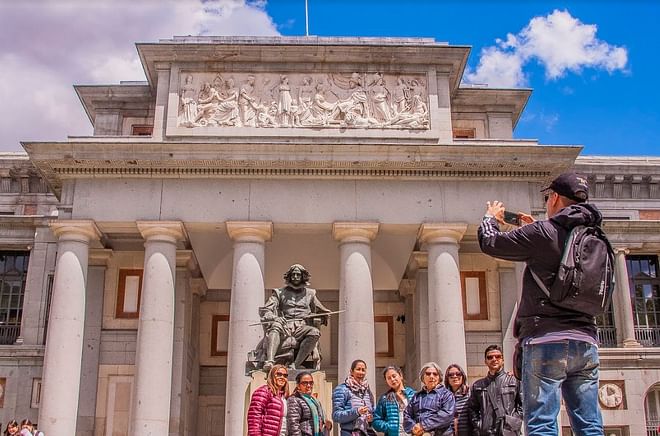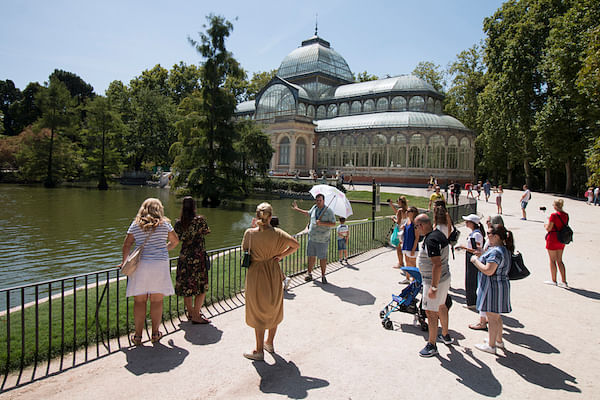A chance to appreciate the work of a painter in his own home (as is the case with the Museo Sorolla de Madrid) is one of the greatest gifts it is possible to offer an art lover. To tour the rooms in which the artist lived, and to gaze out at the gardens which he tended with such great care is a very moving experience. Although he was from Valencia, the fact that he moved to Madrid means that today we can visit his home, which still retains his original furniture and personal possessions. The museum is considered to be one of the best preserved artist’s houses in Europe.
But who was Joaquín Sorolla y Bastida? This Spanish artist, born in Valencia in 1863, became linked with the Impressionist movement only when it was already in full swing in France. Although he came late to the movement, his work exhibits characteristic features such as his way of capturing the light, and his fondness for painting outdoors and for short, small brush strokes. Sorolla left Spain in 1884, after securing a “scholarship” in Rome, and from there he went to Paris where, as well as becoming involved with Impressionism, he met Clotilde García del Castillo, his life partner and model. They married and settled in Asís in 1888, and then a year later they moved to Madrid, but it was not until 1911 that they moved into this house. Sorolla continued to enjoy success as an artist until his death in 1923.
This short introduction helps us to place the artist’s residence in the capital in the context of his professional career. On her death, his widow bequeathed the house and Sorolla’s collection to the State. Clotilde’s will, in 1925, stipulated that the house should become a museum in memory of her husband. Her gift was accepted in 1931, and a foundation was set up whose aims were: “To conserve and exhibit to the public original works created by Joaquín Sorolla and whatever paintings, objects of art, furniture, etc. are contained in the house at number 37, Paseo del General Martínez Campos, and whatever works may be acquired for the museum in the future.” The Museo Sorolla finally opened its doors in 1932, with the painter’s son Joaquín Sorolla y García as its director.
The difficult early days of the Museo Sorolla
After the Museo Sorolla opened, the Civil War broke out, and the museum was closed by decree between 1936 and 1941. At this point, Sorolla’s son returned to the project and instigated architectural modifications to remodel the former bedrooms on the ground floor. He, too, bequeathed his property to the Sorolla Foundation in his will. As a result of the family’s legacy, which included paintings and drawings, the museum now holds almost 1,300 of Sorolla’s works.
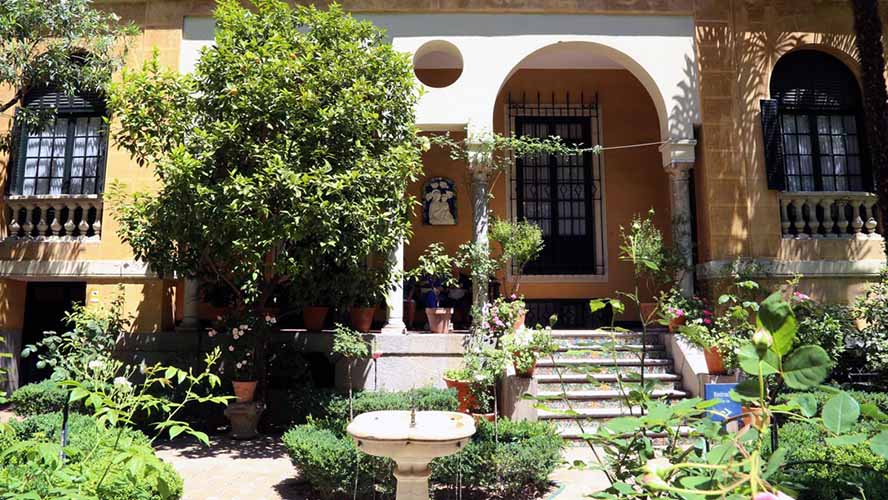
After the death of the younger Joaquín Sorolla in 1948, his eldest nephew (Francisco Pons-Sorolla) took over and converted the former kitchens into a new exhibition space for drawings, gouaches and watercolours. The Museo Sorolla’s first catalogue, compiled by the art historian Bernardino de Pantorba and entitled “Vida y obra de Joaquín Sorolla” [The Life and Works of Joaquín Sorolla], was published in 1953.
Permanent exhibitions at the Museo Sorolla
At the Sorolla House-Museum, visitors can view a wide selection of the artist’s works distributed throughout the various rooms. Although works are lent to many international exhibitions, the other works are then moved around the building, so that visitors do not receive the impression that anything is missing.
Entry to the house is via the garden that surrounds it. The garden was Sorolla’s pride and joy; he designed it himself, and was indefatigable in his search for a site where he could have a garden. It should not be forgotten that gardens were one of his favourite subjects in his later works. The garden is divided into three areas: the first, with its marble fountain, was inspired by the Jardín de Troya at the Alcázar in Seville; the second area is an imitation of the Generalife in Granada; the third area has a pergola where the family used to sit.
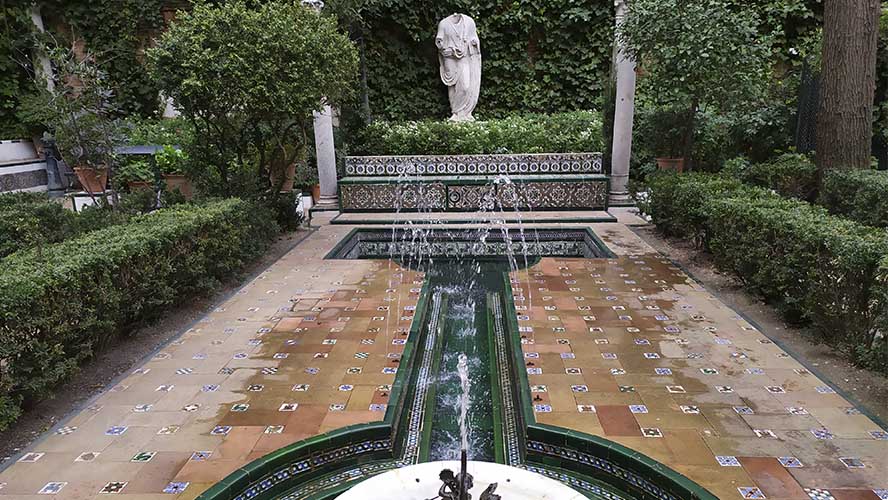
Once inside the museum, the tour continues through what were once the painter’s studios, and which are designated as Rooms I, II and III. The walls are painted red, as they were during Sorolla’s lifetime. The first room was used for storing frames and canvases, and also functioned as a workshop, so it does not have any distinctive décor. At present, the display in this room consists of a selection of representative canvases that serve as an introduction to the remaining rooms.
The Museo Sorolla’s permanent exhibition continues in Room II, which was the artist’s office, as well as the room where he saw his clients. In this room, which has been preserved exactly as it was, with even the sofa retaining its original upholstery, Sorolla family portraits are displayed. Even more interesting is Room III, which was the maestro’s studio, where visitors can still see his paintbrushes and other tools. Here are to be found well-known works such as Paseo a orillas del mar [Walk along the Seashore]. The light that floods the room is remarkable, and one can almost see Sorolla working here.
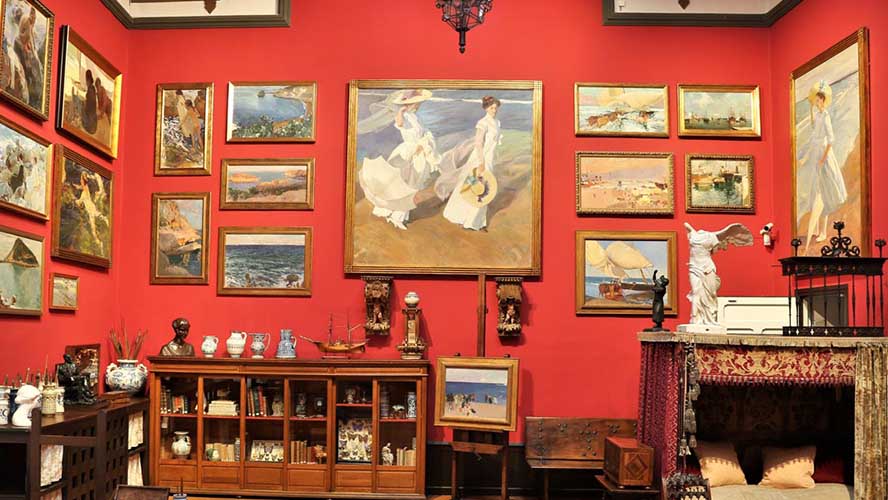
The upper floor of the Museum
Rooms IV, V, VI and VII are on the second floor, which was once the family’s private living quarters. Initially, these rooms housed the permanent collection but, due to the demand for space, they are also used for temporary exhibitions.
Other areas worth visiting include the Andalusian patio, with its tiled plinths and its walls hung with ceramics, and the living room, which Sorolla decorated with portraits, a few sculptures and a Tiffany lamp that the painter purchase in New York. Finally, we come to the room off the dining room, with its Talavera tile skirting, and the dining room itself, with another Tiffany lamp and a skirting painted by the artist himself.
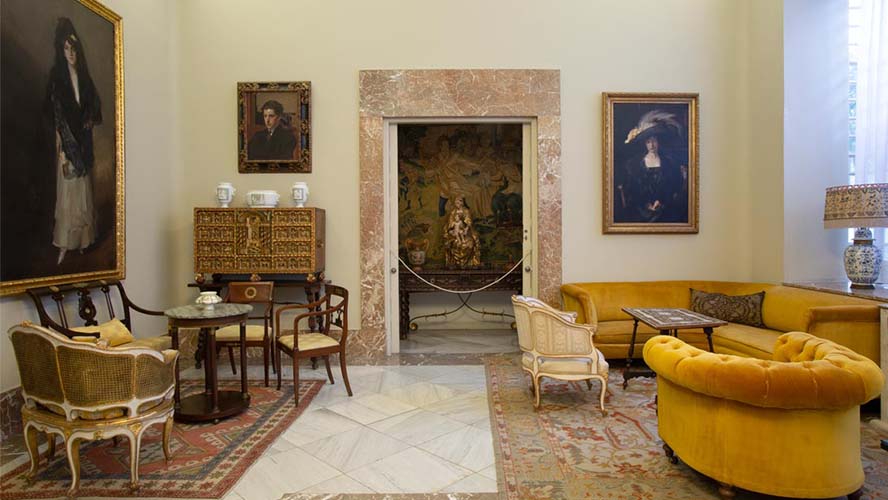
As you realise after your tour, Sorolla’s house was a huge personal project, which he undertook with the aim of creating the prefect space in which to practise his art and enjoy the company of his family.
Today, the Museo Sorolla is run by the Department of Education Culture and Sport, and is subject to its regulations, but the Foundation retains its links by organising activities and events, financing temporary exhibitions and sponsoring research.
It is well worth paying close attention to the schedule of temporary exhibitions, as these afford an insight into specific aspects of Sorolla’s work, in addition to providing an opportunity to learn more about the painter and his influence on other contemporary artists. In addition, families with children (Internal Link) can enrol their children on tours and workshops designed especially for them.
Other museums of interest in Madrid
The Madrid museum trail offers four other centres similarly located in houses or mansions; these include the Museo del Romanticismo, the Museo Lázaro Galdiano, the Museo Cerralbo and the Museo Nacional de Artes Decorativas. Of course, any cultural trip must include the Museo del Prado, the Museo Thyssen-Bornemisza, the Museo Reina Sofía, and the CaixaForum Madrid.




































































